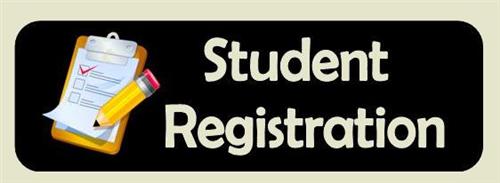DCSS Enrollment/Registration Process

All new student registrations take place at each Dooly County School for students enrolling in Pre-K -12th grade. The documents required for registration/enrollment include (except for students specifically exempted by rule or bylaw):
1. BIRTHDATE VERIFICATION
2. PROOF OF RESIDENCE – Proof of residency documents which can include the following: current lease/mortgage/purchase agreement, current warranty or quit claim deed, current paycheck stub, current homeowner's insurance policy, copy of a current (within 30 days) utility bill (gas, water, electric, cable/internet bill) with service address.
3. GEORGIA CERTIFICATE OF IMMUNIZATION FORM #3231. Students must have immunization records from other countries or states transferred to Georgia form #3231. Forms must be marked complete for school attendance.
4. GEORGIA VISION, HEARING, DENTAL and NUTRITION SCREENING FORM #3300. This is required for students being admitted for the first time to a public school in Georgia.
**Services for both forms (#3231 and #3300) are available from the Albany Area Primary School Based Health Center @ Dooly County K8 Academy or the Dooly County Health Department (204 West Union Street; 229-268-4725
5. PARENT/GUARDIAN (if applicable) must present photo identification.
6. SOCIAL SECURITY CARD OR SIGNED SCHOOL WAIVER FORM
7. WITHDRAWAL FORM, LAST REPORT CARD or RECORDS from PREVIOUS SCHOOL Official high school transcript must be provided for high school students (grade 9-12) if he/she wants to transfer credits.
8. A homeless child, as defined in the McKinney-Vento Homeless Act 42 U.S.C. § 11431 et seq., shall be enrolled immediately even in the absence of any appropriate documentation.
This includes students who are:
· Sharing the housing of other persons due to loss of housing, economic hardship, or similar reasons
· Living in motels, hotels, trailer parks, or camping grounds due to lack of alternative adequate accommodations
· Living in emergency or transitional shelters
· Abandoned in hospitals
· Living in cars, parks, public spaces, abandoned buildings, substandard housing, or bus or train stations, or similar settings
· Sleeping in primary nighttime residence that is a public or private place not designed for, or ordinarily used as, regular sleeping accommodations.
· Migratory children and youth who are living in a situation described above
· Unaccompanied youth who are living in a situation described above
